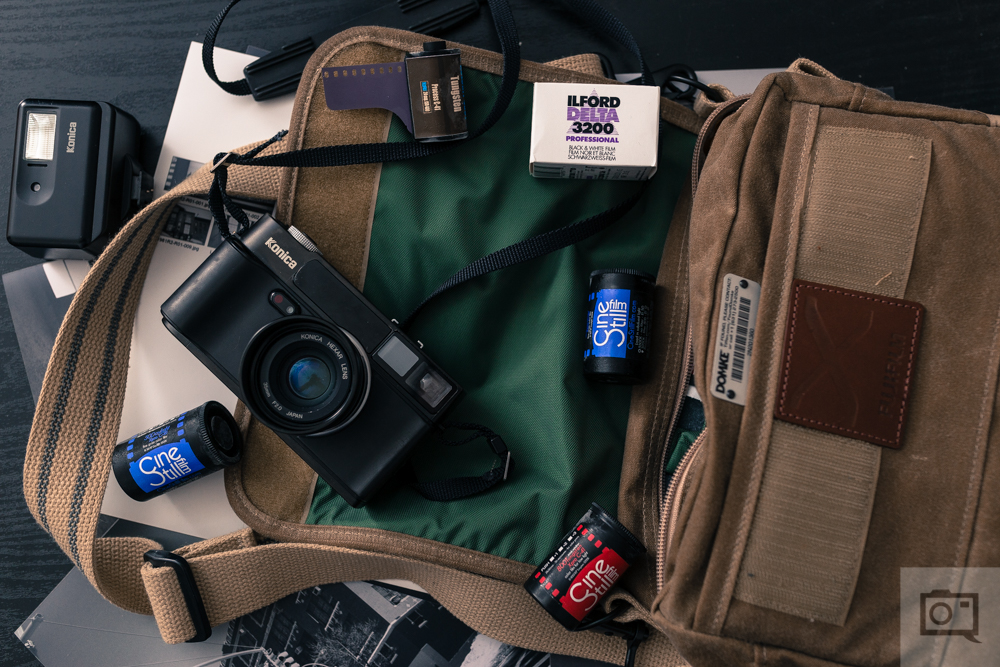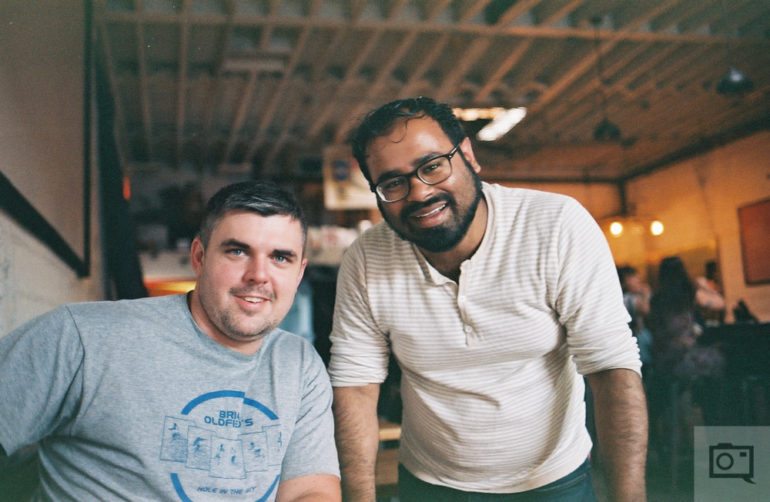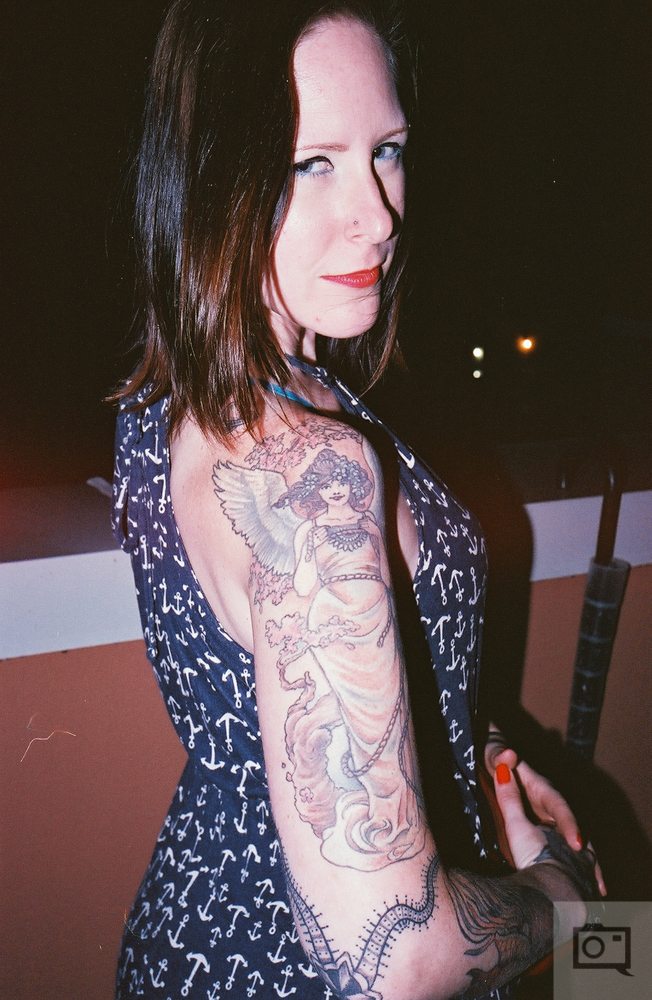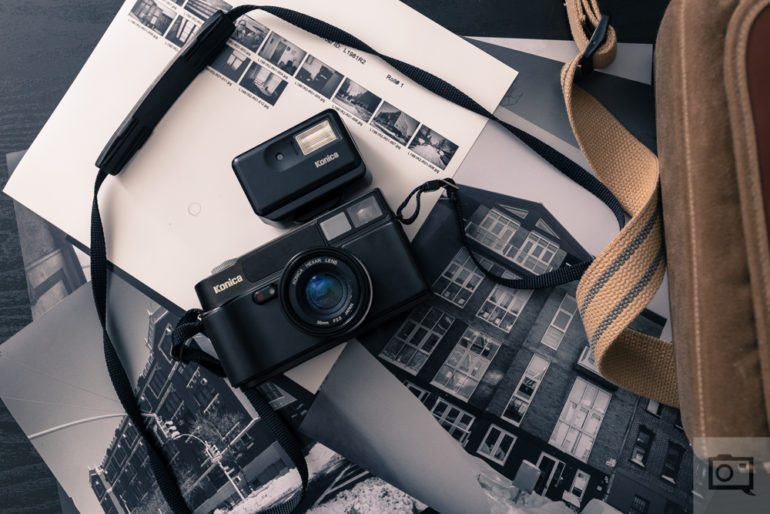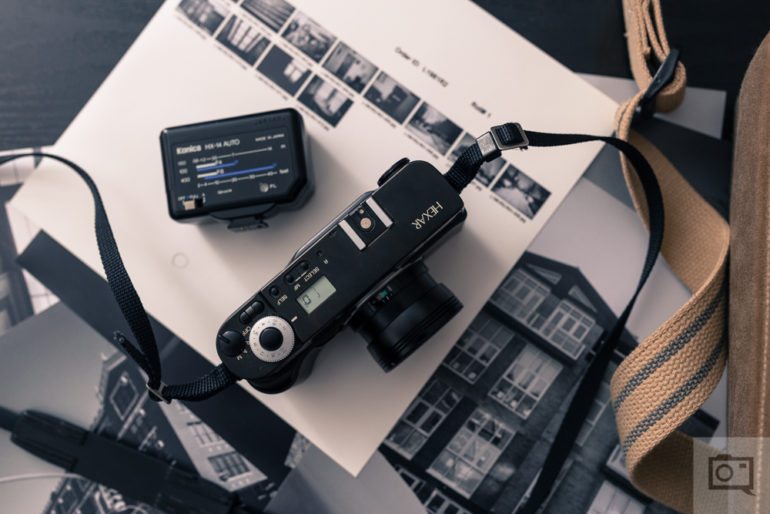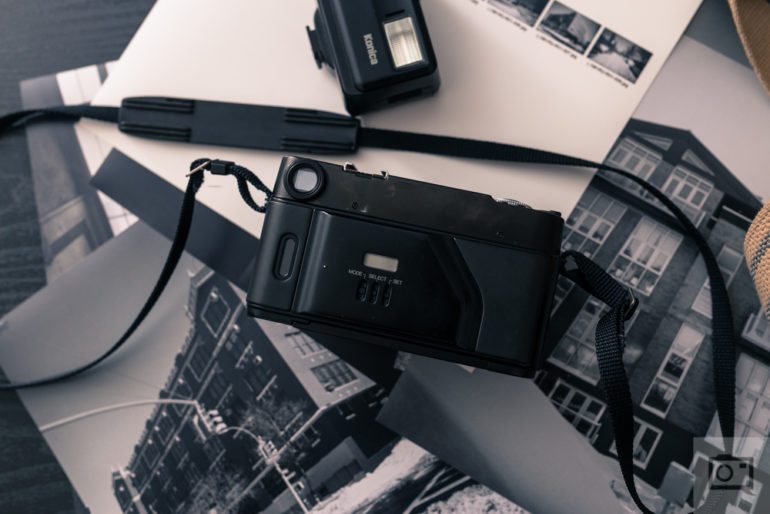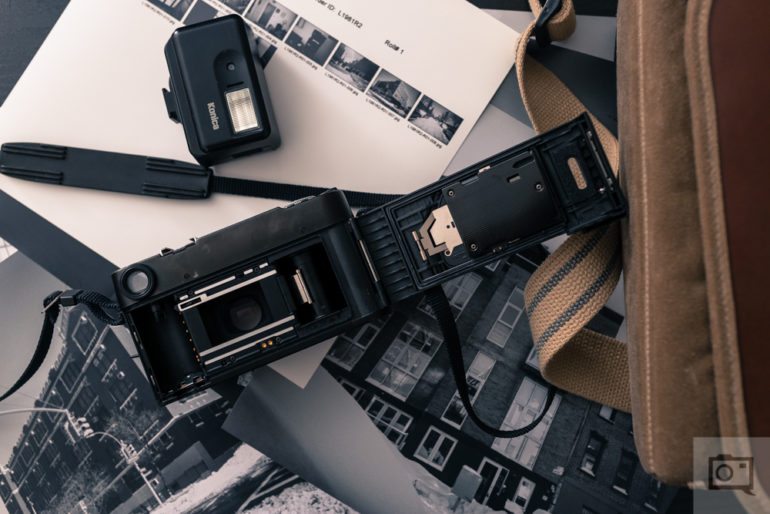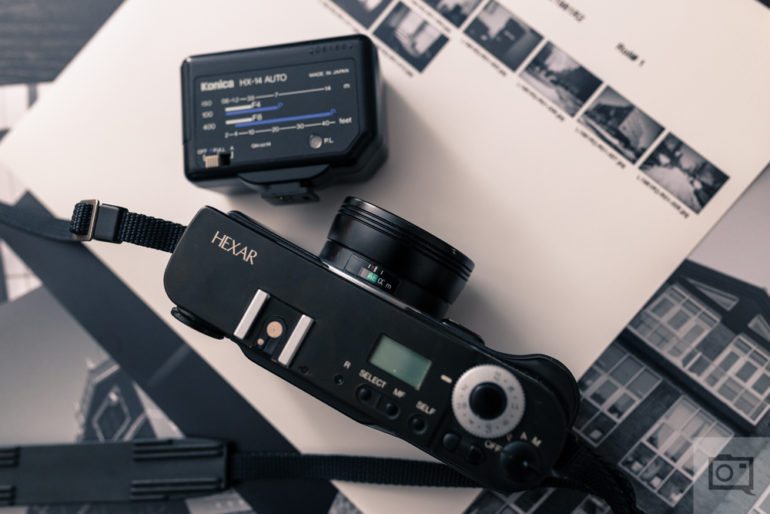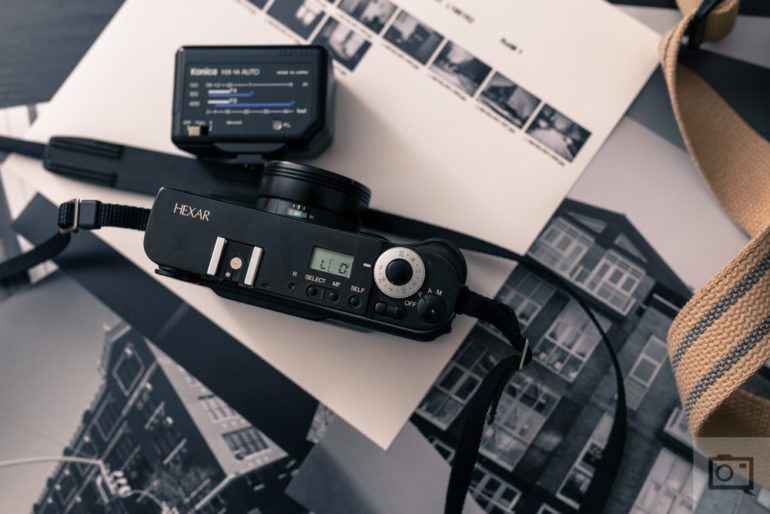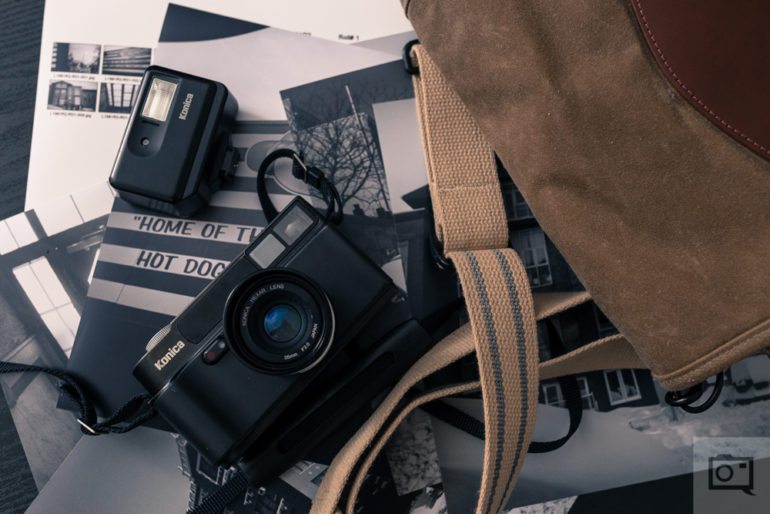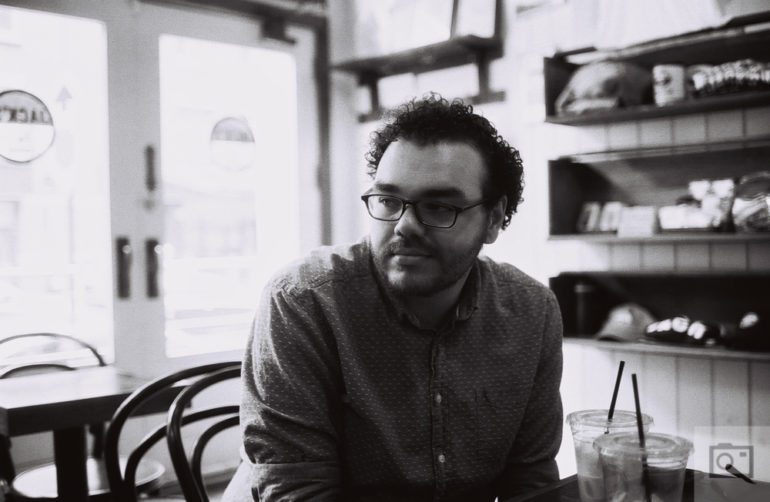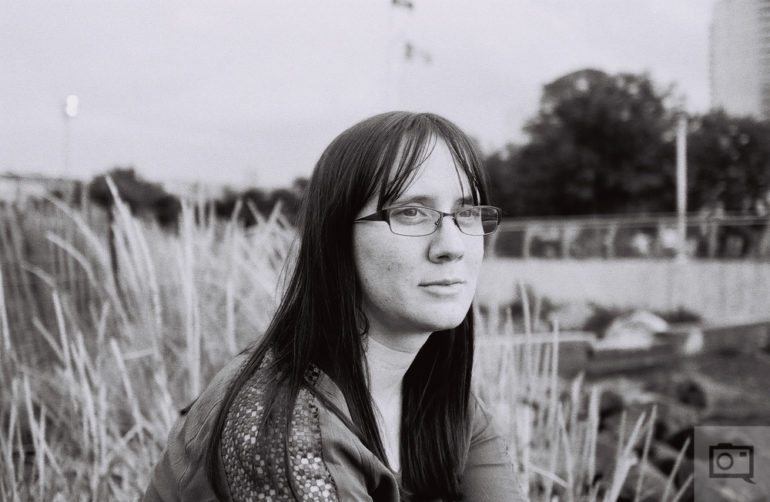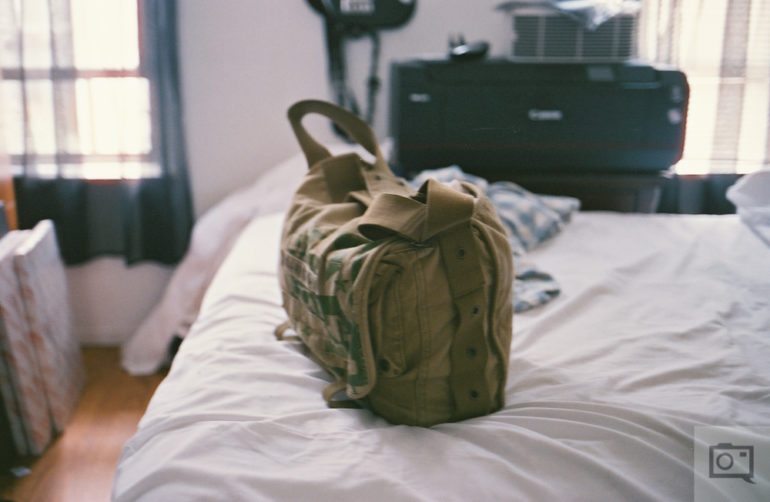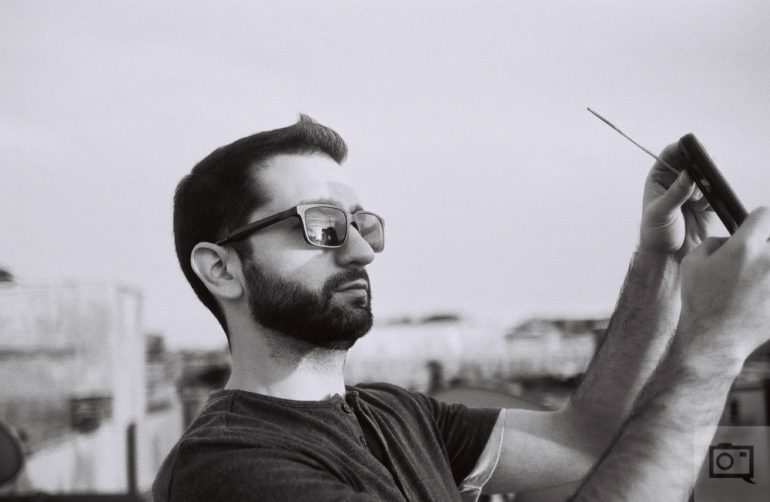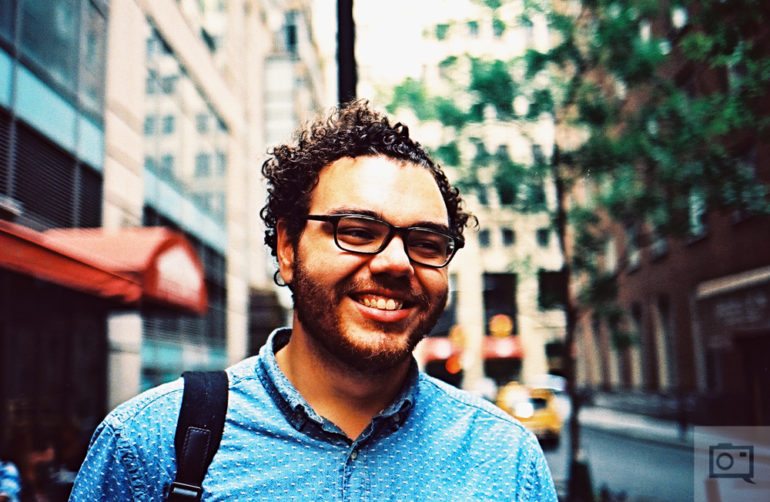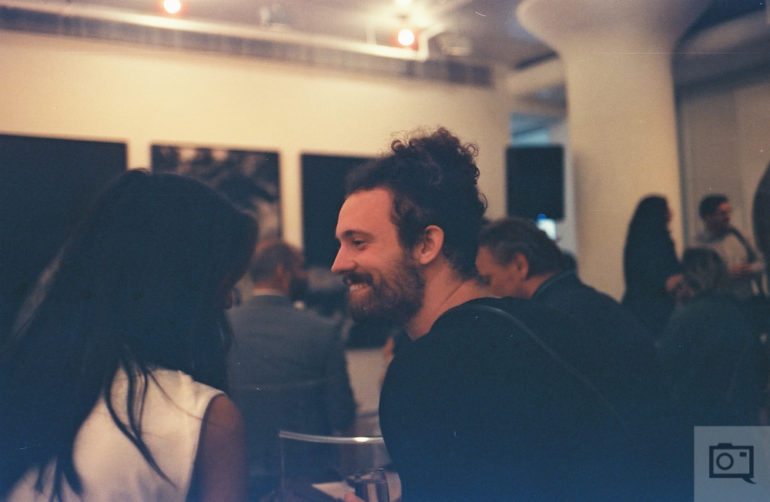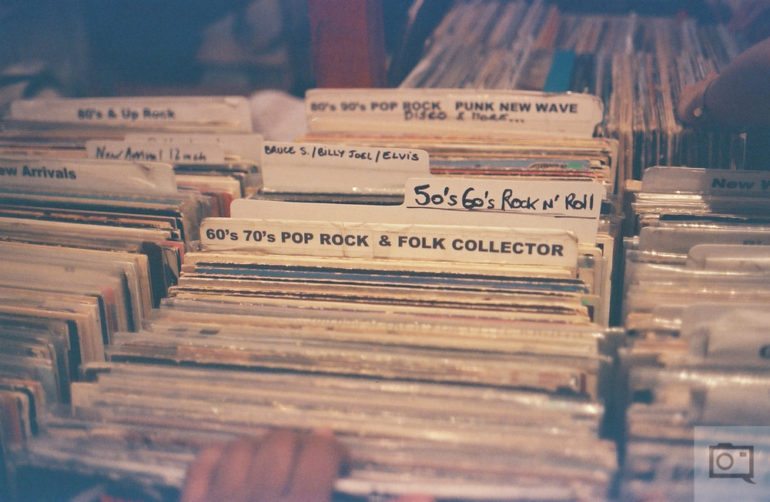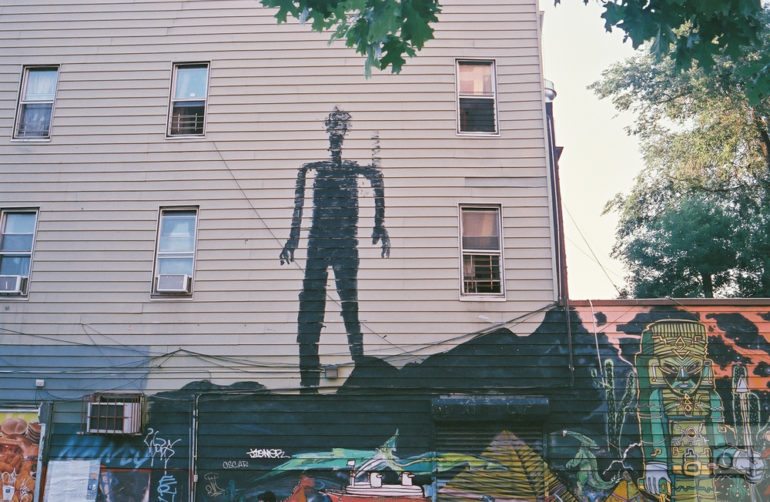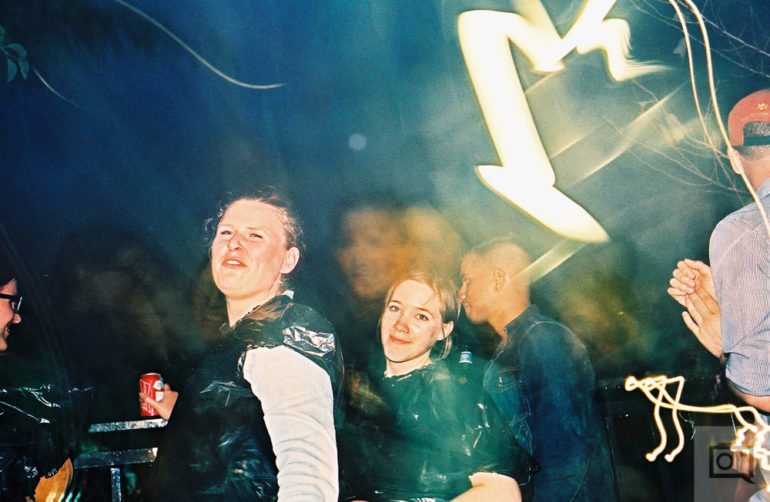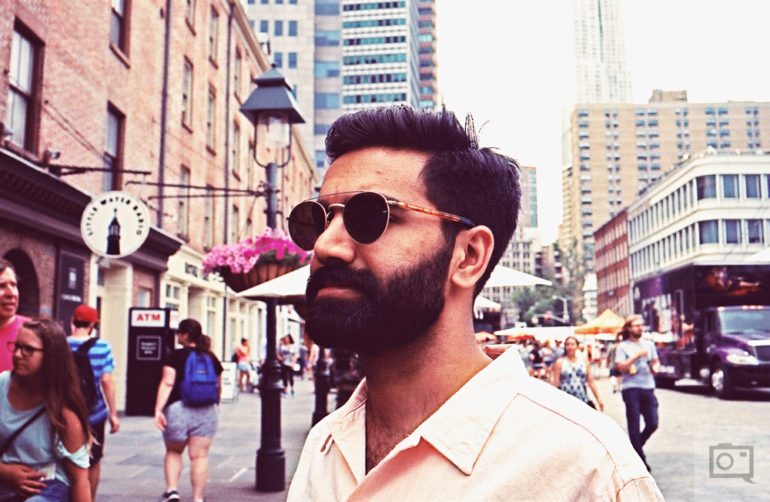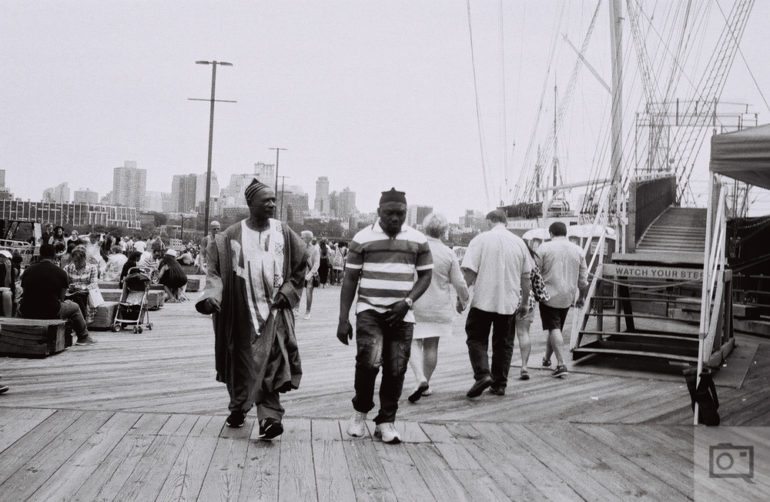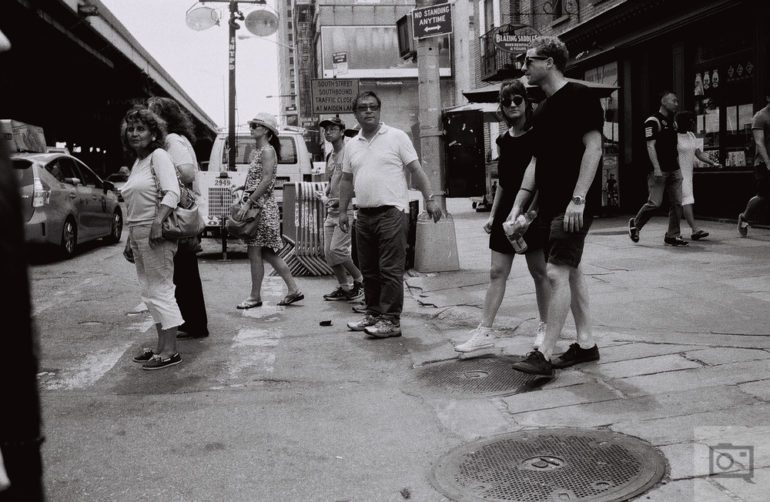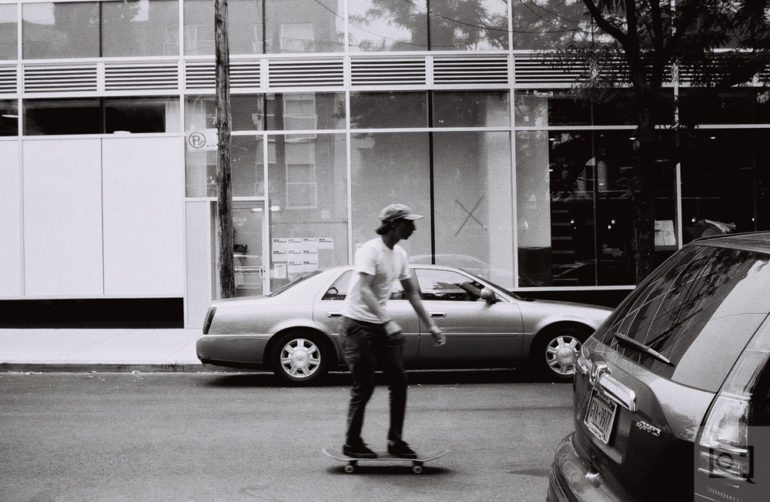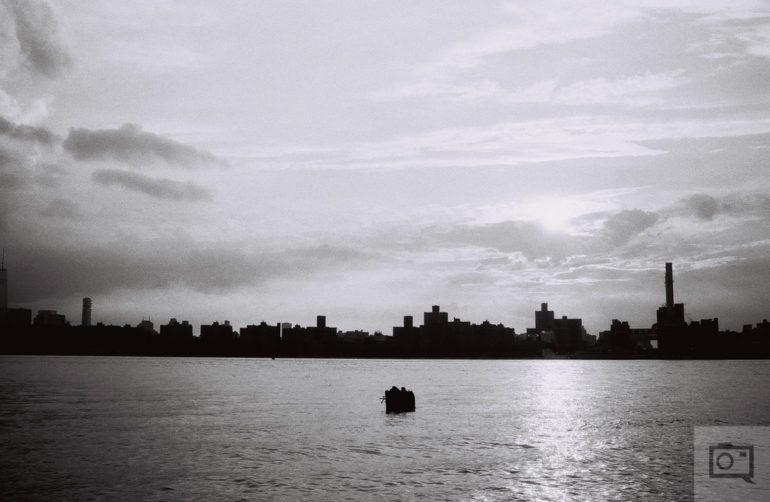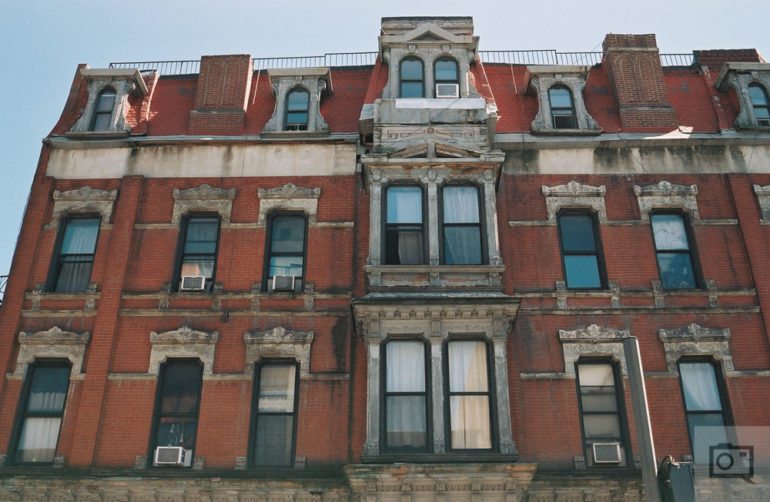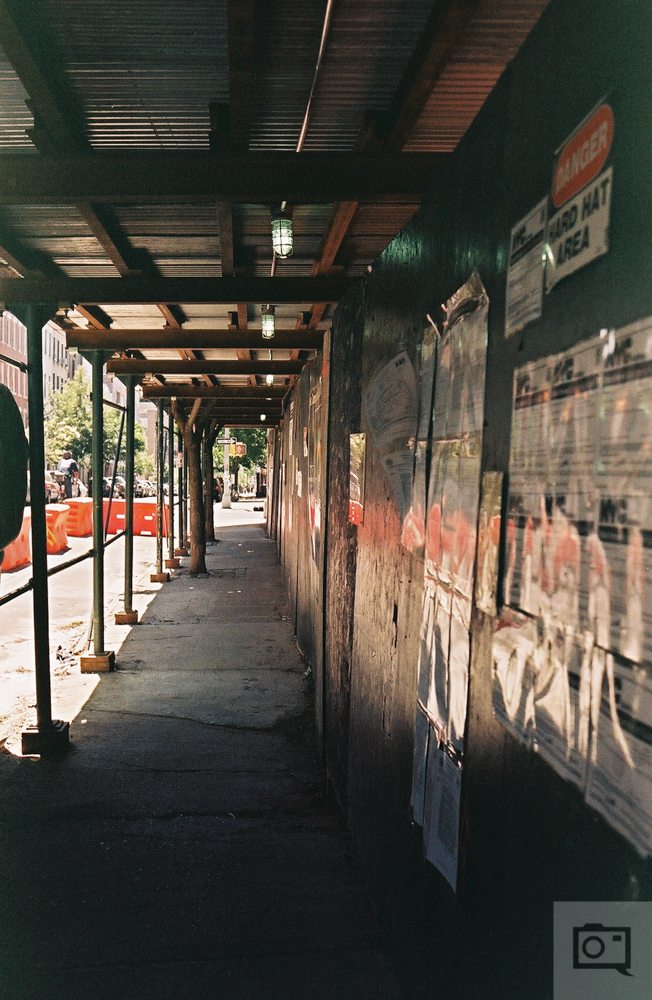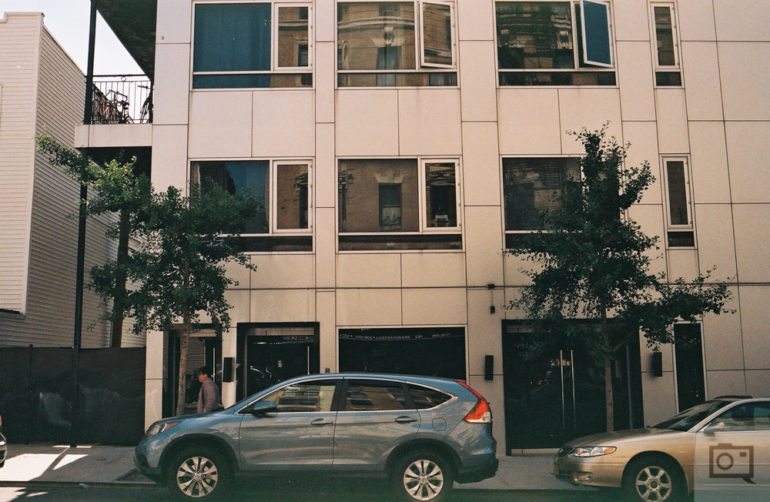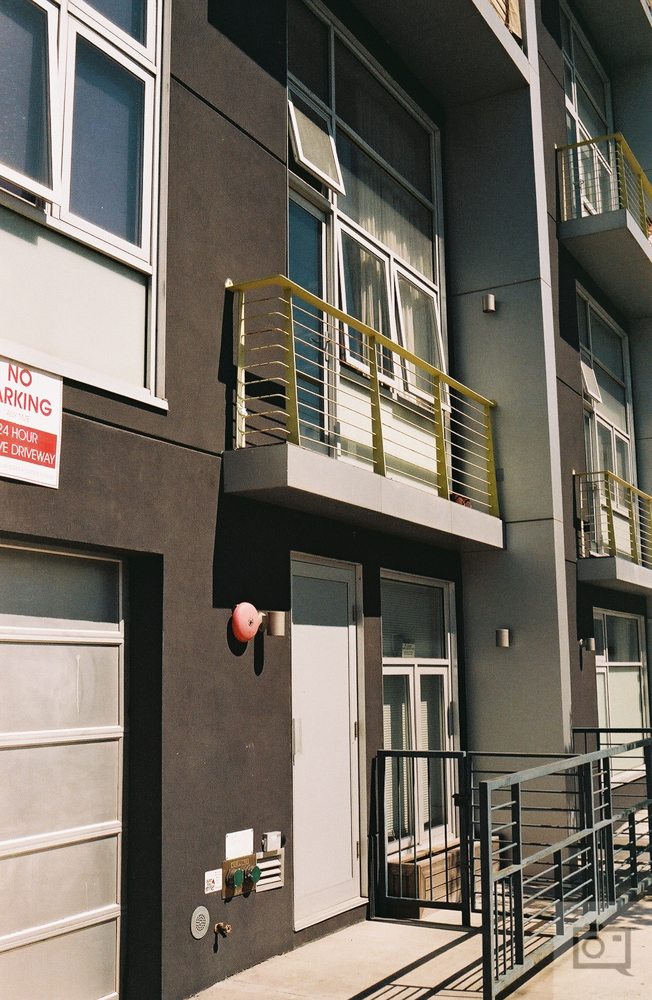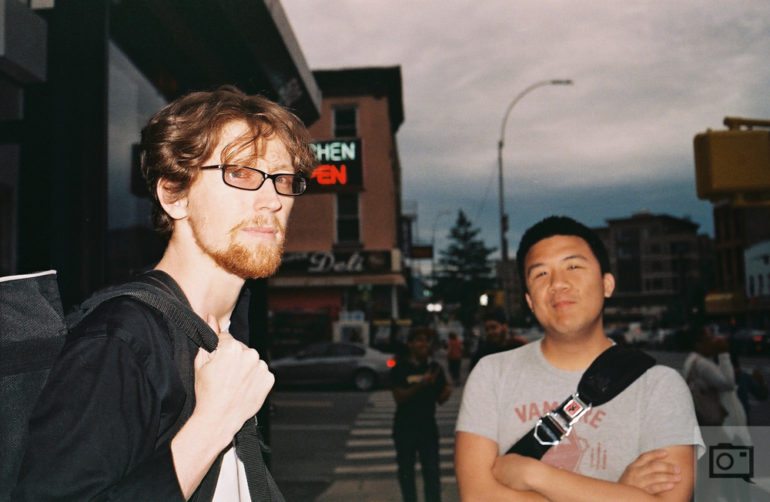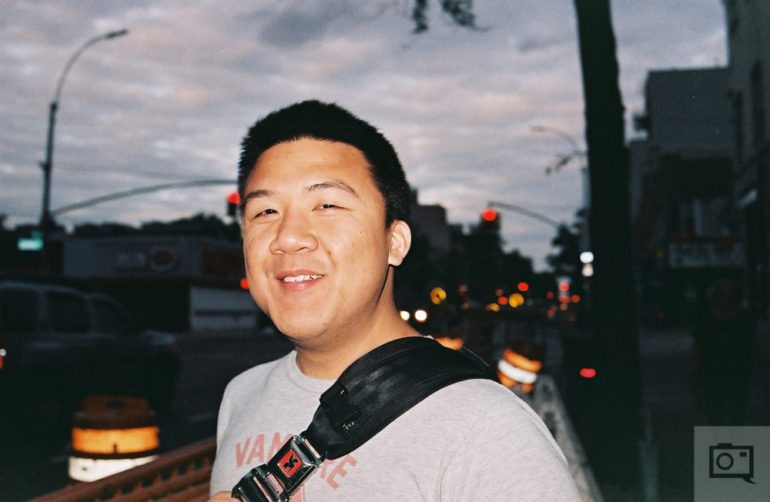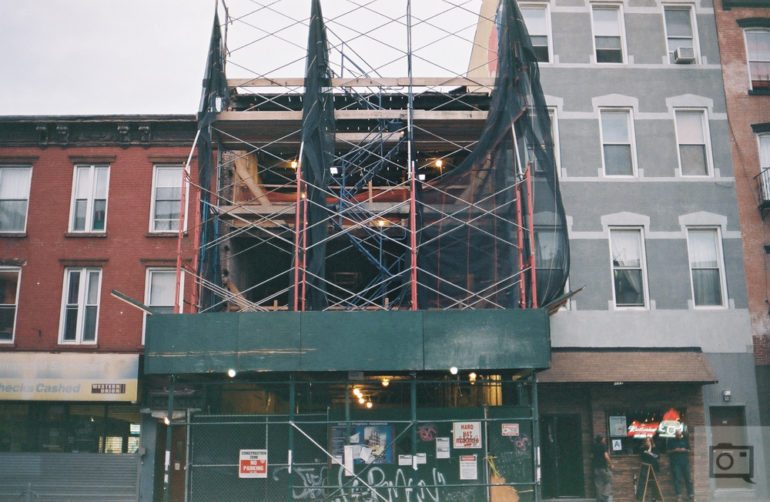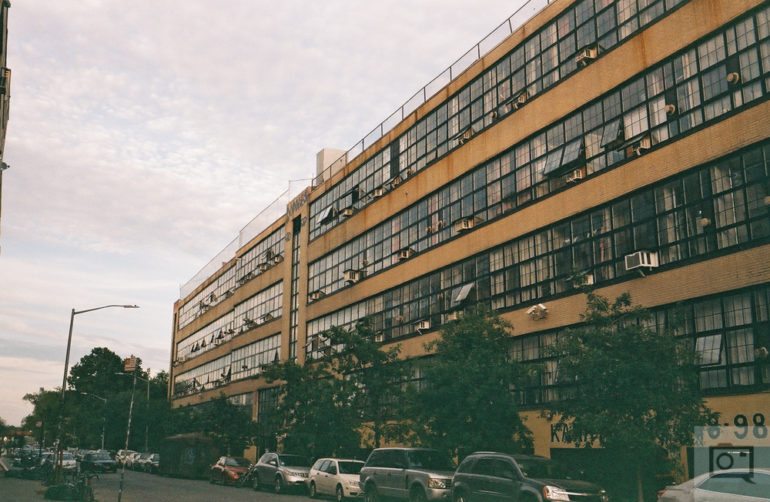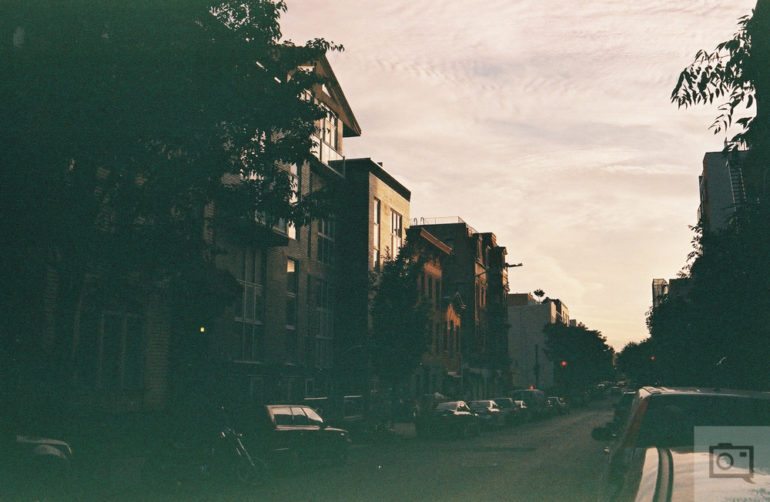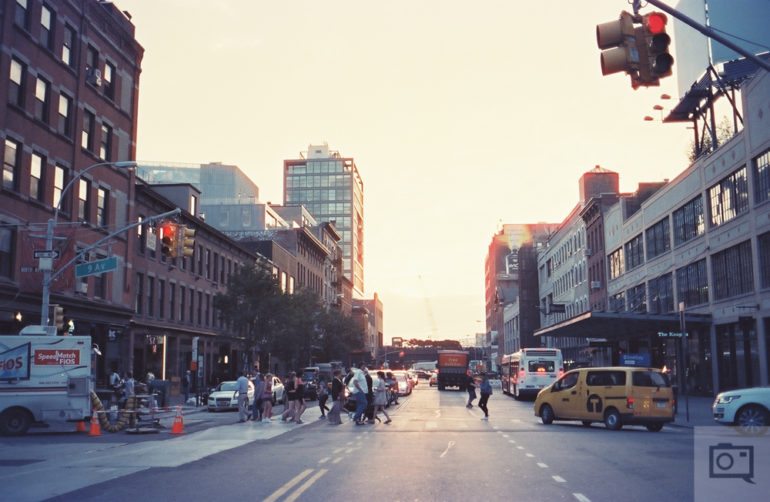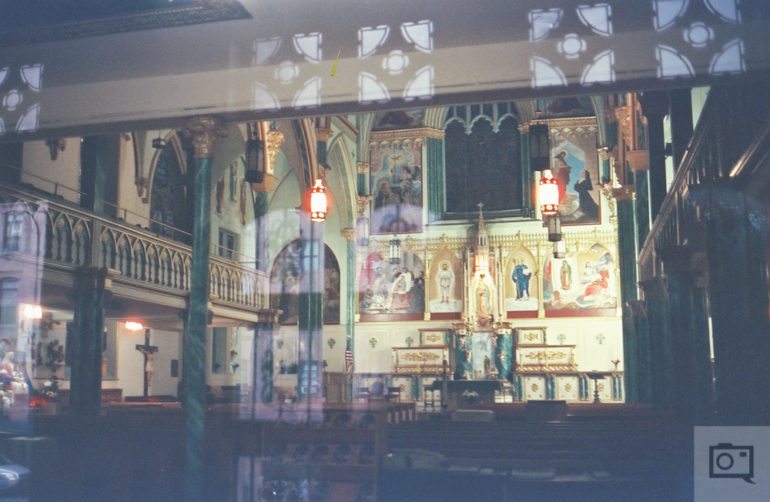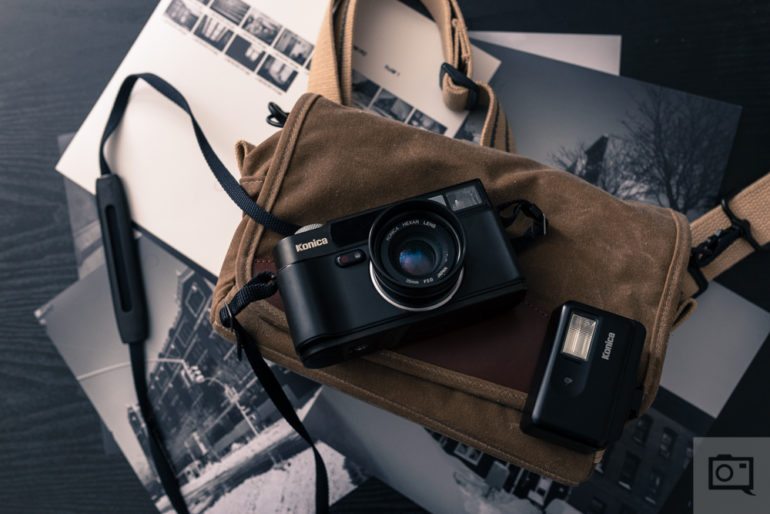Few cameras will make a photographer’s mouth water like the Hexar AF. When it comes to some of the best point and shoot cameras that use 35mm film, it’s tough to get anything better (though there arguably are other options.) The Hexar AF is often said to be one of the best available for street photographers and has a fixed 35mm f2 lens stated to be a copy of a Leica Summicron. Everything about it is designed to be low profile.
The design of this camera is so good that it can be seen in many today–with it likeness most prominently compared to the Fujifilm x100 series of cameras. If you’re a street photographer, there’s a lot that you’ll like about this camera. In fact, even if you just want a fixed lens point and shoot, you’ll adore this camera. At the same time, there are things that could drive you a bit nuts if you crave more full control.
All film was generously processed by the Lomography Gallery store here in NYC.
Pros and Cons
Pros
- Small size
- Extremely light weight
- Quiet modes are insanely silent
- Manual controls are an option
- Very good for the shooter that mostly does work in aperture priority
- A camera that you’ll honestly want to tote around with you everywhere.
- Fantastic image quality with a variety of films
- 35mm f2 lens is perfect for everyday shooting. Little distortion or any sorts of issues overall.
Cons
- Adjusting the shutter speeds is a bit different and non-conventional
- You’ll need to study a few button combinations to unlock settings like choosing the ISO and more
- Manual focusing is so complicated you shouldn’t even bother with it.
- Max shutter speed of only 1/250th.
Gear Used
The Hexar AF was used with the HX914 flash, Lomography Earl Grey, CineStill 800T, Ilford Delta 100, and Kono 100T.
Tech Specs
Tech specs taken from CameraQuest.
Major Features
- With its autofocus combined with Aperture or Programmed exposure modes, the Hexar AF offers considerably faster operation than any classic manual focus rangefinder, including the Leica M series. Active infrared from 2 feet to infinity in 290 steps.
- Fixed sharp 7 element 6 group 35/2 Lens to f/22, 46mm filter. This lens is reputed to be a near copy of the Leica non-aspheric 35/2 Summicron.
- AE Lock combined with AF lock by slightly depressing shutter release
- Precise fast infrared active autofocus with mostly useless manual over-ride
- Unbelievably quiet film advance in “Silent Mode” aka “Stealth” film advance
- Programmed, Aperture priority, and match needle exposure
- Shutter Speeds indicated in LCD panel on top of camera
- Non-TTL Metering: 15 degree (EV 0 – 16/ISO 100) or 4 degree (EV 3 – 18/ISO 100)spot silicon cell metering, notice the centerweighted meter is 3 stops more sensitive for low light, while the spot meter will respond to two stops higher light levels, metering cell is on front near traditional self timer location
- Excellent bright viewfinder
- Superb ergonomic shape, very easy to hold with the built in grip
- All models have, or can be upgraded to, AF focusing for Infrared films — adjustable for Kodak or Konica IR films. To me personally at least, this is a VERY BIG DEAL since I love IR films, but not the hassle of manually refocusing the lens each shot. Damn, I wish ALL AF cameras had this feature.
Details
- Electronic leaf Shutter speed range 30 seconds to 1/250th, plus T
- Flash sync at all speeds for manual or aperture priority exposures.
- Dials and shutter release large and easy to use
- Button controls small and awkward to use
- Quiet motorized film advance with automatic end of roll rewind, also unfinished roll film rewind
- Silent Mode film advance is extremely quiet, quieter than the legendary Leica M cameras, but it may not work if battery condition is low
- Close focus .6 meters
- DX film speed setting 25-5000, manual setting 6-6400
- Built in lens shade
- Powered by 2CR5 6 volt lithium battery, good for an estimated 200 24 exposure rolls
- Auto off in two hours
- All models have, or can be upgraded to, double exposures
- Auto Film Rewind shows film leader near the end on LCD panel, open the camera back then if you want out of the cartridge film leader
- Manual Rewind before the end of roll by depressing the “R” button with the tip of a pencil or pen
- Konica made an excellent Hexar case, but it seems to be hard to find on the used market
- Basic small HX914 dedicated flash, NO TTL flash or sophisticated flash features — flash sync at all speeds
- Auto operation 2 to 23 feet with 100 film, guide number 46 in feet with 100 film
- HX914 usable in aperture priority, manual, or programmed modes
- Usable with any flash or flash combination, not limited to on camera flash like most P/S
- All models have, or can be upgraded to, the extremely useful and accurate Guide Number flash system . This allows you to get accurate flash exposures with any flash, so long as you set the correct GN. What happens is the aperture opens or closes to match the flash output as you focus.
Ergonomics
The Hexar AF that is a beautiful camera that is just so gorgeous, you’ll want to divorce your spouse, sell your car, then run away with it to some place exotic where no one will ever find you two.
Not really, but really.
It’s minimal design adds to its overall beauty–and that’s evident right on the front of the camera. Here you’ll find the 35mm f2 lens with a built-in lens hood. Plus you’ll find a small grip, infrared light, and viewfinder/focusing area.
In the above image I’ve attached a prominent flash for Hexar AF users.
Move to the top of the camera and what you’ll find here are the settings to control the camera. You’ll see a rewind button, select, MF button, shutter buttons (yes, buttons) and a big dial for the aperture. Additionally, the camera mode switch also controls whether it’s on or off.
The back of my camera has the data back–but I’ve honestly never cared to use it much. Here you’ll find the viewfinder, a little window to kind of sort of tell you what film you’ve got in there, and that’s it.
Some users may want to put some gaffers tape on the back to add gripping power.
Open the back up and you’ll see where you’re supposed to load film into the camera. Loading is straight forward most of the time though I have to say that trying to ensure that the film hooks onto the latch is more work than I’m used to with Canon and Nikon SLRs.
Build Quality
The overall build quality of the Hexar AF is incredibly solid. I’ve taken the camera out in the rain and it’s had no problems at all despite my major concerns. With that said, I probably wouldn’t be out there trying to document every little tidbit of the human condition in the rain if I were you. At least add some protection to the camera before you do that.
Also, protect yourself so you don’t get sick.
Ease of Use
For straight forward shooting, this is a very simple camera to use. You essentially point, shoot, and enjoy after you’ve developed the film.
Having 1/250th as the max shutter speed though can be a bit of a pain. It means you’ll need to stop your lens down or use slower film. When you look in the viewfinder, it will tell you when the camera needs to be stopped down or have a faster shutter speed accordingly.
Certain things are also a bit odd. Thankfully, there are quick guides online that can help.
The idea of needing to hold a button down then turning on the camera to go into a silent mode is a weird one to me. Additionally, getting to the ISO setting and making selections accordingly is weird. Lastly, manual focus with this camera is kind of a joke.
Despite all my qualms and quarrels, using the camera for street shooting, parties or just general every day shooting is very easy–especially if you’re an experienced shooter. Essentially you lock in your shutter speed, aperture, put a flash on, and let the autofocus do its thing.
When shooting in the streets, my preferred method is to use zone focusing mode–but manual focusing is tough to do and it’s pretty tough to zone focus with this camera. You’ll instead be relying on your own low profile nature to get the images that you want. EVen then, the autofocus won’t always nail the subject perfectly.
Where this camera really excels is candid, everyday shooting. At parties, events, weddings, etc is where I personally had the most fun with this camera. Your experience and those of thousands of other photographers may be very different considering that it’s widely known as a street photography camera. Again though, I’ve never been one to trust autofocus when it comes to shooting street.
Pretty much anyone can pick this camera up and take great pictures. With a bit of ingenuity, you’ll also be able to find ways to do more with the camera and use it to its fullest potential.
It’s totally a camera for a hobbyist, though serious professional work can be done with it too. I’d gladly do documentary, portrait and travel projects with this camera.
Image Quality
Part of the image quality of this camera has to do with the fantastic 35mm f2 lens on the front of it. The rest has to do with whatever film you’ve got in it and just how terrible or awesome you are at metering.
This is the camera that has truly gotten me back into shooting more and more film–and a lot of it has to do with the image quality. The 35mm f2 lens is said to be a copy of a Leica and when you’ve got image quality that good, how can you complain?
Bokeh
Now, the bokeh isn’t as amazing as what you’ll get from an f1.4 lens–but you should be aware of that. Generally speaking, the bokeh is creamy enough and beautiful enough that it won’t really matter so much. At f2 you obviously get the best bokeh. You can’t move super close to a subject to focus because the lens is of an older design, but you’ll overall still be very happy with what you get.
Sharpness
The absolute best sharpness from this camera comes out when stopped down to around f5.6 or so and you have a flash outputting light into the scene. Wide open though the lens overall is still very sharp. I recommend using a low ISO film like CineStill 50D or Delta 100 to get the sharpest results.
Extra Image Samples
Conclusions
Likes
- Pretty much everything
Dislikes
- The 1/250th max shutter speed kind of bothers me, but I’ll learn to work around it.
There isn’t honestly a single thing that I hate about the Hexar AF. There are problems that some may find to be hindering to their photography, but for the most part they’ll adapt. The camera is well built, small, silent, lightweight, and gives you everything you need to take a good image in a compact package.
All you need is some film, a photo project or intention and the knowhow to create good photos.
Everything else is all just up to you.
The Hexar AF has to be my favorite 35mm film camera. It beats my old Voigtlander Bessa and also bests my old Leica CL. It’s my companion camera and many of my friends have known that I’ll pretty much always carry it with me.
I hope your experience is the same.


